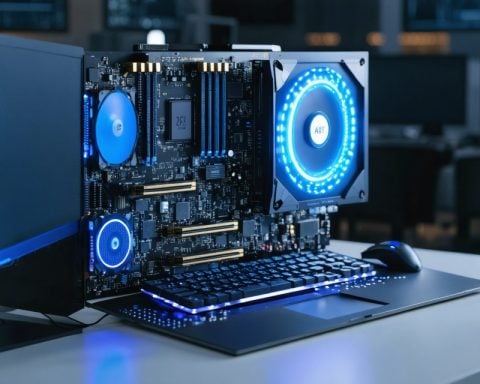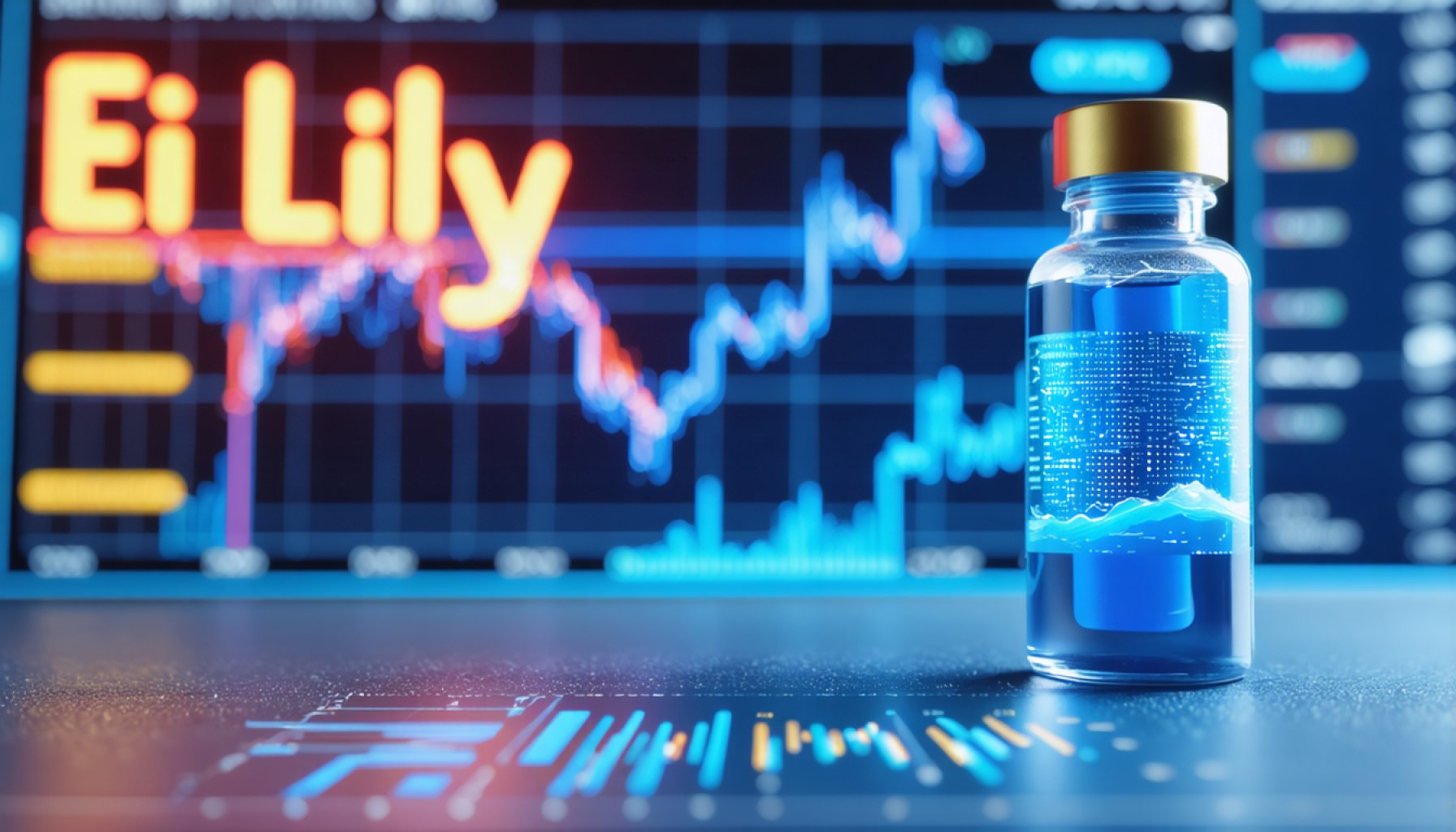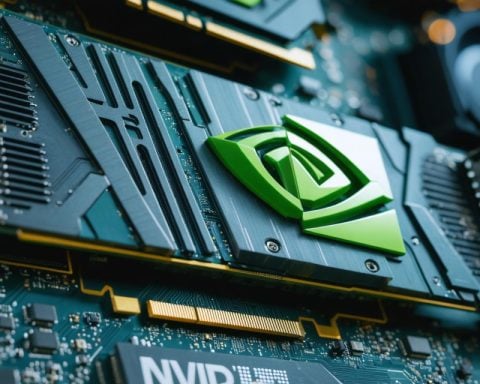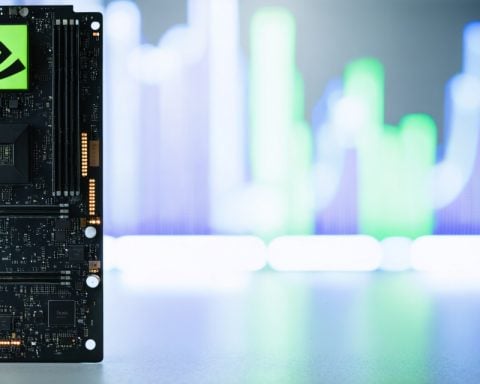- Kinetic Group invests INR 500 million in a new battery manufacturing facility in Ahmednagar, Maharashtra.
- The facility will produce 60,000 Range-X batteries annually, enhancing India’s electric vehicle (EV) landscape.
- Batteries will use LFP (Lithium Iron Phosphate) and NMC (Nickel Manganese Cobalt) technologies for stability and efficiency.
- State-of-the-art Battery Management Systems (BMS) will ensure long lifespans and optimal performance.
- Kinetic embraces “Make in India” with localized BMS innovation, aiming to boost domestic EV production.
- The facility will supply not only Kinetic’s needs but also those of various original equipment manufacturers.
- This initiative marks significant progress towards a sustainable and self-reliant energy future for India.
A bustling future beckons from Ahmednagar, Maharashtra, where the hum of machinery echoes the promise of innovation. Here, Kinetic Group ignites a transformative journey by investing INR 500 million into a new battery manufacturing facility, set to craft 60,000 Range-X batteries annually. These aren’t just batteries; they are technological marvels designed to propel India’s burgeoning electric vehicle (EV) landscape.
This state-of-the-art facility, shimmering amidst the verdant countryside, is more than a factory. It’s a beacon of sustainability, primed to produce both LFP (Lithium Iron Phosphate) and NMC (Nickel Manganese Cobalt) batteries. Imagine batteries with a steadfast chemical stability, bravely withstanding extreme temperatures, and fortified by intelligent Battery Management Systems (BMS) that ensure long lifespans and peak efficiencies.
The subtle hum of progress is further amplified by Kinetic’s embrace of cutting-edge technology and its commitment to localize BMS innovations. These efforts are interwoven with the broader “Make in India” initiative, echoing the nation’s endeavor to become a global powerhouse in EV production. The factory is a testament to Kinetic’s vision, extending beyond its own needs to supply original equipment manufacturers across the industry.
As the sun sets over Ahmednagar, its rays dancing on the metallic facade of Kinetic’s new plant, a revolution in energy unfurls. This facility doesn’t just symbolize a leap in production but heralds a shift towards a more sustainable and self-reliant future for India. Key takeaway: Kinetic Group’s bold initiative not only strengthens India’s EV battery landscape but also underscores a commitment to innovation and sustainability.
The Future of EV Batteries: What Kinetic Group’s New Facility Means for India and Beyond
How-To Steps & Life Hacks for Choosing the Right EV Battery
1. Assess Vehicle Usage: Determine your vehicle’s daily range requirements and match it with the battery’s capacity.
2. Understand Battery Types: Learn the difference between LFP and NMC batteries. LFP tends to be more stable and longer-lasting, while NMC offers higher energy density.
3. Review Compatibility: Ensure the battery is compatible with your vehicle’s make and model and any specific requirements it may have.
4. Evaluate Cost vs. Benefits: Balance the upfront cost with long-term savings through efficiency, longevity, and performance.
Real-World Use Cases: Kinetic’s EV Batteries in Action
Kinetic’s new facility is set to supply batteries not just for Kinetic vehicles but across various OEMs. This means their batteries could power anything from public transport e-buses to personal e-bikes, facilitating large-scale transformation in urban mobility, especially in densely populated cities like Mumbai and Delhi.
Market Forecasts & Industry Trends
The global EV battery market is projected to grow at a CAGR of 25% by 2030. India is expected to be a major player, spurred by government initiatives like the Faster Adoption and Manufacturing of Hybrid and Electric Vehicles (FAME) scheme. The Kinetic factory’s opening aligns with this trend, suggesting a promising future.
Reviews & Comparisons: LFP vs. NMC Batteries
– LFP Batteries: Highly stable and less likely to overheat; suited for vehicles where safety is a priority.
– NMC Batteries: Offer greater range due to their higher energy density; better for long-distance travel.
Controversies & Limitations
Some environmental concerns stick with both battery types. While LFP uses less cobalt, making it more ethically sourced, it may lead to increased mining operations. On the other hand, NMC batteries’ reliance on more scarce materials like manganese can strain supply.
Features, Specs & Pricing
– LFP Battery: Typically used in buses and lower-range personal vehicles. Lower cost and excellent safety profile.
– NMC Battery: Preferred for higher-end vehicles. Pricier but offers better range.
Pricing details are not disclosed but are anticipated to be competitive due to “Make in India” subsidies.
Security & Sustainability
Kinetic’s BMS innovation ensures the safety and longevity of batteries, able to detect issues before they cause failures. Both battery types are designed for recycling, reducing their environmental footprint.
Insights & Predictions
The integration of locally manufactured BMS technology will likely lead to lower costs and heightened competitiveness against Chinese and American imports.
Tutorials & Compatibility
To install a Kinetic EV battery, users must follow manufacturer guidelines specific to each vehicle type. Installation often involves professional service at authorized centers.
Pros & Cons Overview
– Pros: Enhanced safety, robust manufacturing, support for local economy, potential cost savings.
– Cons: Availability might initially be limited, variable performance dependent on vehicle type.
Actionable Recommendations
– Stay Updated: Monitor Kinetic’s updates for insights on release dates and new battery models.
– Assess Compatibility: If considering an aftermarket battery, confirm compatibility with existing vehicles from professional mechanics.
– Support Local Initiatives: Opting for Kinetic batteries contributes to local manufacturing and helps reduce carbon output.
Related Links:
Kinetic Group










